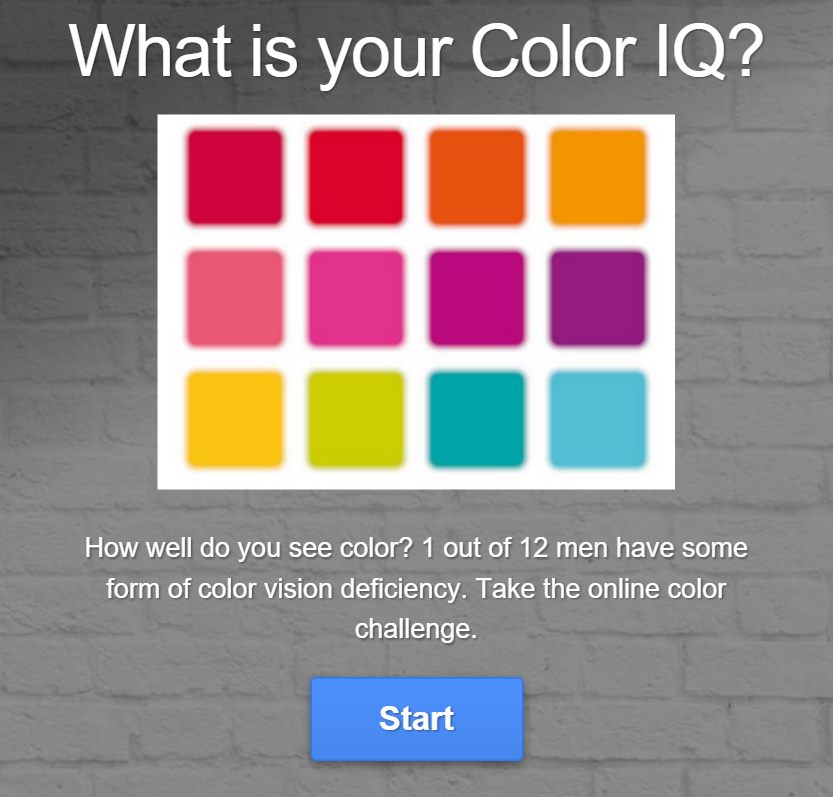Description
<p>The <b>Felix Nussbaum Haus</b> is a museum in <a href="/pages/w/109355999090985">Osnabrück</a>, <a href="/pages/w/108100019211318">Germany</a>, which houses the paintings of German-Jewish <a href="/pages/w/111925778823301">painter</a> <a href="/pages/w/143563452326897">Felix Nussbaum</a>. The building also houses an exhibition space, which focuses on racism and intolerance.</p><h2>Origins</h2><p>By the 1980s, the city of Osnabrück, Germany, had begun to embrace Nussbaum as a native son. An exhibition of his major works was organized at the <a href="/pages/w/103963182973541">Jewish Museum</a> in New York in 1985. Soon after, the city's Museum of Cultural History set aside two rooms for a permanent exhibition. In 1991, Osnabrück decided to dedicate a museum to one of its natives, Felix Nussbaum, a Jewish painter who died in the Holocaust. In 1996, <a href="/pages/w/109412222411209">Daniel Libeskind</a>'s proposal, titled "Museum Without Exit," won the <a href="/pages/w/112718908739603">competition</a> to design the building, which was completed in 1998. The new museum was inaugurated by <a href="/pages/w/105668979467270">Gerhard Schröder</a>, then president of Lower Saxony and later <a href="/pages/w/112571235425160">Chancellor of Germany</a>.</p><h2>Design</h2><p>The museum consists of three intersecting "volumes." The <a href="/pages/w/103740142997705">oak</a> volume houses Nussbaum's prewar art. The second volume, which slices violently through the first, is made from concrete and contains the paintings Nussbaum made while in hiding from the <a href="/pages/w/110431488984164">Nazis</a>. Dubbed "Nussbaum Gang," it evokes the cramped quarters in <a href="/pages/w/108147735877265">Brussels</a> where Nussbaum painted his last canvasses. The metal volume displays the artist's newly discovered paintings. The interior is labyrinthine and many paths lead to dead ends. The museum's sides face three cities where Nussbaum studied art: <a href="/pages/w/109486955737943">Berlin</a>, <a href="/pages/w/107963489226588">Rome</a>, and <a href="/pages/w/106311322733842">Hamburg</a>. The fourth side faces the <a href="/pages/w/205569362933777">concentration camp</a> where he was killed. The galleries house approximately 160 of Nussbaum's paintings.</p>
Tell your friends
Quiz


